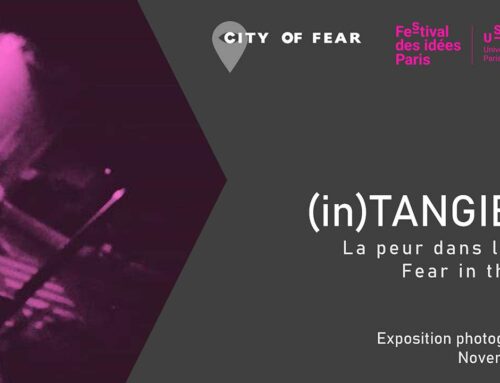Once, a city was divided in two parts. One part became the Good Half, the other part the Bad Half.
The inhabitants of the Bad Half began to flock to the good part of the divided city, rapidly swelling into an urban exodus.
If this situation had been allowed to continue forever, the population of the Good Half would have doubled, while the Bad Half would have turned into a ghost town.
After all attempts to interrupt this undesirable migration had failed, the authorities of the bad part made desperate and savage use of architecture: they built a wall around the good part of the city, making it completely inaccessible to their subjects.
The Wall was a masterpiece.
Originally no more than some pathetic strings of barbed wire abruptly dropped on the imaginary line of the border, its psychological and symbolic effects were infinitely more powerful than its physical appearance.
The Good Half, now glimpsed only over the forbidding obstacle from an agonizing distance, became even more irresistible.
Those trapped, left behind in the gloomy Bad Half, became obsessed with vain plans for escape. Hopelessness reigned supreme on the wrong side of the Wall.
As so often before in this history of mankind, architecture was the guilty instrument of despair.
Exodus, or the voluntary prisoners of architecture
Rem Koolhaas, Madelon Vreisendorp, Elia Zenghelis, and Zoe Zenghelis (1972)






Leave A Comment
You must be logged in to post a comment.